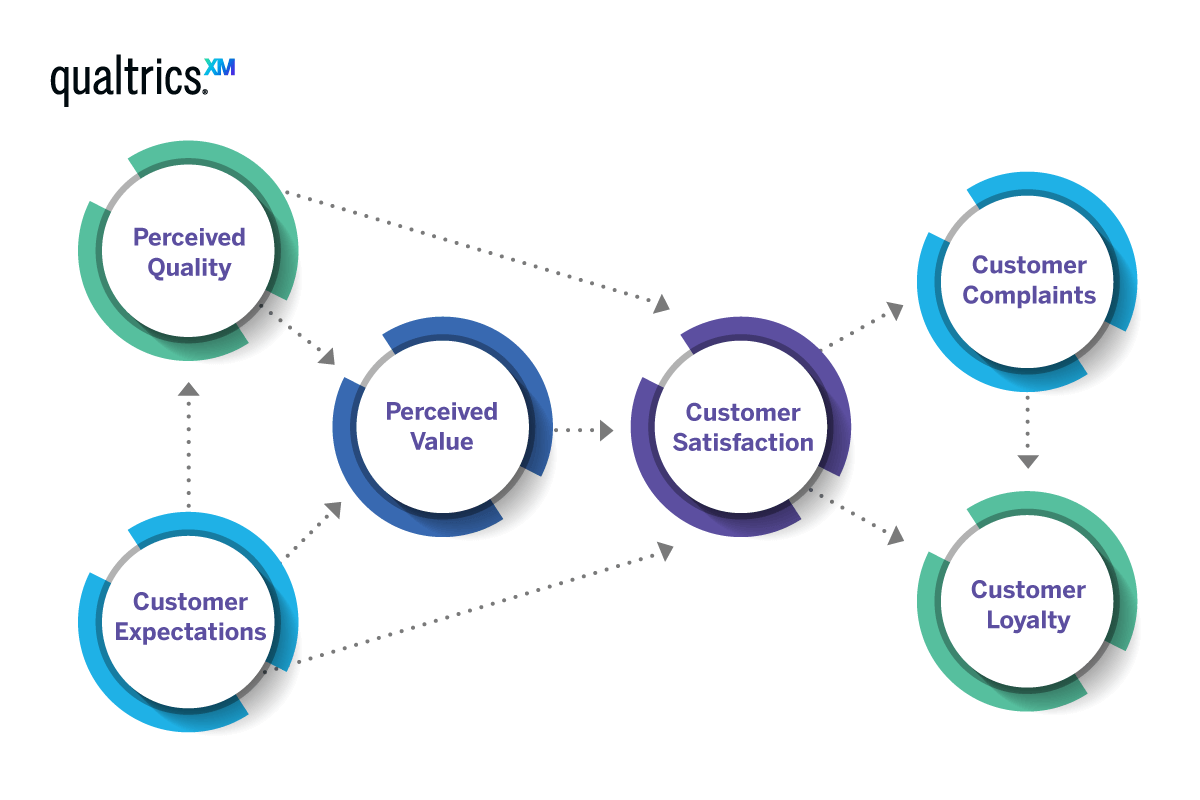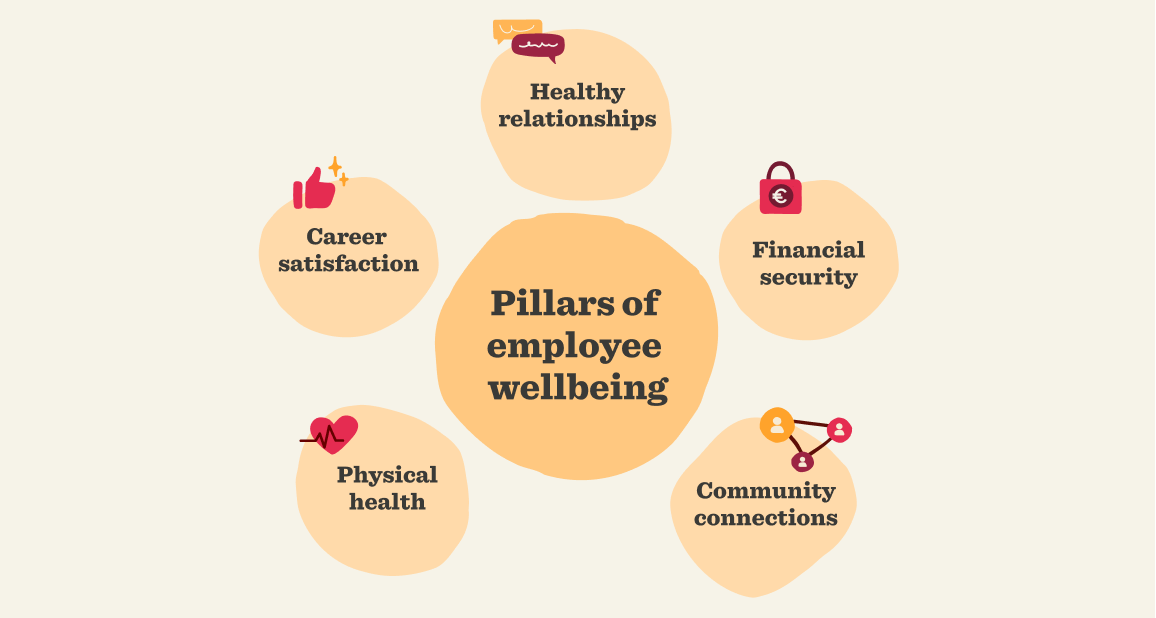The "Welcome In" Phenomenon: Analyzing Its Impact On Sales And Customer Satisfaction

Table of Contents
The Psychology Behind the "Welcome In" Phenomenon
First Impressions Matter
The primacy effect dictates that first impressions heavily influence subsequent perceptions. In a retail environment or any customer-facing business, this initial interaction sets the tone for the entire customer journey.
- Nonverbal communication: A warm smile, welcoming body language, and appropriate eye contact communicate approachability and build rapport instantly. Conversely, a disinterested expression or hurried demeanor can quickly deter customers.
- Verbal greetings: A simple, genuine "Hello" or "Welcome to [store name]" goes a long way. Personalizing the greeting further enhances the positive impact.
- Store environment: The physical space plays a critical role. A clean, well-organized store with pleasant lighting and appealing displays creates a welcoming atmosphere, inviting customers to explore. A cluttered or poorly lit store can have the opposite effect.
Example: A warm smile and genuine "Hello, how can I help you today?" can drastically improve the customer's perception, making them feel valued and more likely to engage.
Building Rapport and Trust
A welcoming atmosphere fosters trust and connection. Customers are more likely to make purchases when they feel comfortable and understood.
- Active listening: Pay attention to what customers say, ask clarifying questions, and demonstrate genuine interest in their needs.
- Personalized service: Addressing customers by name (if appropriate), remembering preferences from past interactions, and offering tailored recommendations build loyalty.
- Showing genuine interest: Go beyond just selling; show interest in the customer as a person. Ask open-ended questions to understand their needs and preferences.
Example: Addressing customers by name, acknowledging their presence promptly, and offering assistance without being intrusive creates a personalized and welcoming experience.
The "Welcome In" Phenomenon and Increased Sales
Improved Customer Engagement
A welcoming approach encourages customers to spend more time browsing and interacting with products.
- Increased dwell time: A positive initial interaction correlates directly with longer in-store time. Customers who feel welcomed are more likely to explore different areas and discover items they might not have otherwise considered.
- Higher purchase probabilities: Studies have shown a strong link between positive customer experiences and increased purchase likelihood. Customers are more likely to make impulse buys when they feel comfortable and at ease.
Example: Customers are more likely to make impulse purchases if they feel comfortable and welcomed, leading to a higher average transaction value.
Upselling and Cross-selling Opportunities
Building rapport creates opportunities to suggest complementary products or higher-value items. A welcoming approach significantly improves customer receptiveness to upselling and cross-selling strategies.
- Increased receptiveness: When customers feel valued and understood, they are more open to suggestions and recommendations.
- Building trust: A positive relationship increases the customer’s willingness to trust the salesperson's expertise and recommendations.
Example: A welcoming approach makes customers more receptive to suggestions like, "Since you're buying the [product], you might also be interested in this [complementary product]."
Measuring the Impact of the "Welcome In" Phenomenon
Customer Feedback Mechanisms
Gathering customer feedback is crucial for assessing the effectiveness of welcome initiatives.
- Surveys: Post-purchase surveys can measure customer satisfaction with the initial interaction, identifying areas for improvement.
- Feedback forms: In-store feedback forms allow for immediate feedback, enabling quick adjustments to service strategies.
- Customer reviews: Online reviews provide valuable insights into customer perceptions of the overall shopping experience, including the initial welcome.
Example: Post-purchase surveys can gauge customer satisfaction with the initial interaction, providing valuable data for optimizing the "Welcome In" strategy.
Sales Data Analysis
Analyzing sales data helps track the correlation between welcome initiatives and sales performance.
- Average transaction value: Monitor changes in the average amount spent per transaction to see if a welcoming approach leads to larger purchases.
- Conversion rates: Track the percentage of visitors who make a purchase, noting any improvement after implementing a "Welcome In" strategy.
- Repeat customer rates: A welcoming experience fosters loyalty, leading to increased repeat business. Track the number of returning customers to assess the effectiveness of the strategy.
Example: Track sales data before and after implementing a "Welcome In" strategy to measure its impact on key sales metrics.
Practical Strategies to Implement a Strong "Welcome In" Approach
Staff Training
Equipping staff with the necessary skills is paramount for creating a consistently welcoming environment.
- Role-playing: Simulate customer interactions to practice greeting techniques, handling objections, and building rapport.
- Customer service training: Provide ongoing training on customer service best practices, empathy, and effective communication.
- Coaching: Regular coaching and feedback sessions help refine staff skills and maintain a high level of customer service.
Example: Create a checklist for staff to ensure consistency in their welcoming approach, covering verbal greetings, body language, and offering assistance.
Optimizing the Store Environment
The physical environment plays a crucial role in shaping the initial customer impression.
- Store layout: Ensure a clear and easy-to-navigate layout that encourages exploration.
- Lighting: Use warm, inviting lighting to create a comfortable and welcoming atmosphere.
- Music: Play background music that complements the store’s ambiance and sets a positive mood.
- Signage: Use clear and welcoming signage to guide customers and provide information.
Example: A well-organized store with pleasant lighting and background music significantly improves the overall customer experience, encouraging customers to spend more time browsing.
Conclusion
The "Welcome In" phenomenon is not merely a nice-to-have; it's a crucial element of building a successful business. By focusing on creating a positive initial interaction, businesses can significantly boost customer satisfaction, improve sales performance, and cultivate lasting customer loyalty. Implementing strategies to enhance the "Welcome In" experience—through staff training, environmental optimization, and continuous feedback analysis—is an investment that yields significant returns. Start optimizing your "Welcome In" strategy today and witness the positive impact on your bottom line and customer relationships. Don't underestimate the power of a warm welcome!

Featured Posts
-
 Thompsons Unlucky Monte Carlo Run A Detailed Look
May 31, 2025
Thompsons Unlucky Monte Carlo Run A Detailed Look
May 31, 2025 -
 Giulianis Tribute Remembering Bernie Keriks Patriotism
May 31, 2025
Giulianis Tribute Remembering Bernie Keriks Patriotism
May 31, 2025 -
 Rachel Reeves A Modern Day Arthur Scargill
May 31, 2025
Rachel Reeves A Modern Day Arthur Scargill
May 31, 2025 -
 Index Idojaras Tavaszias Meleg Es Toebb Csapadekhullam
May 31, 2025
Index Idojaras Tavaszias Meleg Es Toebb Csapadekhullam
May 31, 2025 -
 Building The Good Life Prioritizing Wellbeing And Happiness
May 31, 2025
Building The Good Life Prioritizing Wellbeing And Happiness
May 31, 2025
